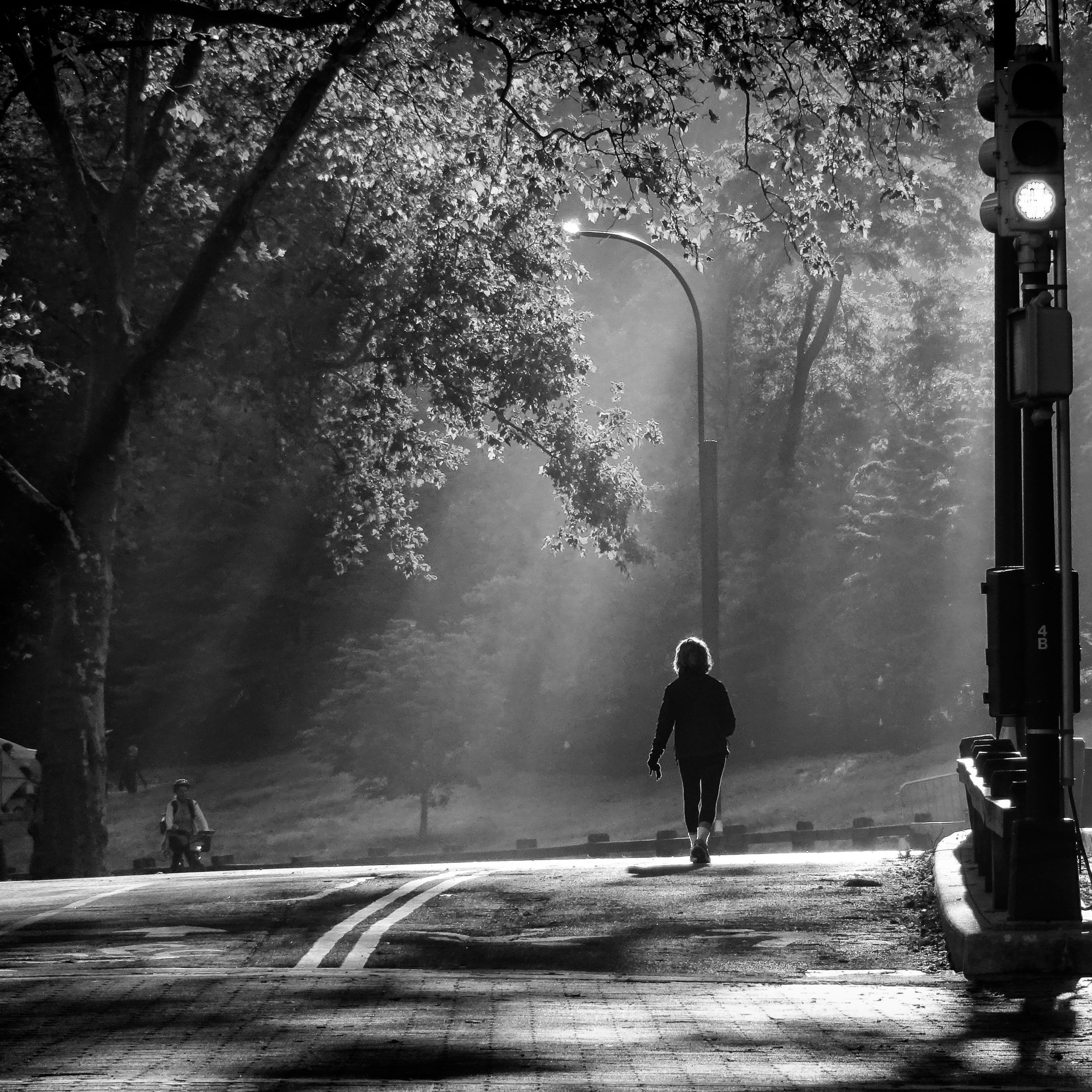This really isn’t the afternoon to start trying to write a book, believe me.
Jacques Godbout, trans. Alan Brown, Hail Galarneau!
1.
Originally known as “Nan Bollen,” it was an already-pregnant Anne Boleyn who married Henry VIII after he divorced his first wife, Catherine of Aragon. She gave birth to Elizabeth, and suffered two miscarriages. Unable to provide Henry VIII with a male heir, she soon lost her head, thus sparking the English Reformation.
And now: this annual bouquet of roses left anonymously at the site of her execution, accompanied by a card that reads, simply, “Queen Anne Boleyn 1536.” Left anonymously, but discovered to be left by the Bollen family, descendants of what even during Anne’s time was a wide and extended brood.
Alternately: there was the annual midnight visit to Edgar Allan Poe’s gravesite by the “Poe Toaster,” who left three roses and a bottle of cognac as the only evidence of his visit. On January 19th, from 1949 through to 2009, the year of the Poe bicentennial. After years of investigation by one of the groundskeepers, the identity of the infamous Toaster was finally uncovered, but a story I won’t repeat here.
2.
We are built on stories. Whether or not those stories are true. And whether a story needs to have occurred to be seen as the truth.
Not every secret requires discovery.
Origin stories. Ogopogo, the Loch Ness Monster, the Wiindigoo. We don’t want you swallowed by the dark wood. It isn’t safe.
3.
Last night a dream of Van Gogh’s sunflowers. Last night a late summer dream.
4.
Anne Boleyn: how the shift of her name was part of a deliberate evolution, attempting to sound upscale. Although this still conjecture, given the literacy rates of the period, and the lack of standardized spellings.
Even to work through those first eighty years of the Canadian census, from the half-mangled 1842 to those that followed, there is less consistency between them than one might think. Decenially recorded, the official record of the same clan on the same property evolving from McLennan to MacLennan to Maclellan, beholden to the census-taker, the handwriting of each individual scribe.
Even in death, Boleyn was maligned. As a more articulate and self-aware Henry might have offered: it was better to control the narrative.
5.
There is an impulse to create a story around anything we don’t understand. Here, let me tell you. The sun slowly sets. Seven ladies-as-stars. The six grandfathers. The man in the moon.
Sometimes, it is said, a handsome stranger. Some tales depend on it
Picks apples, yes. Missing the family outing of it. At the orchard, with children. A large bag filled within minutes. Efficiency, she reminds him, is entirely beyond the point.
6.
Western pulp narratives that set the foundation for conquest and genocide, erasing indigenous occupancy and caretaking, there for some thousands of years. The land is clear, clean, and free for the taking. Go west, white man. Even as I write these words on unceded Algonquin territory, my own upbringing on unceded Mohawk territory, astride a length of “Indian lands.”
As my friend Bryan relays from our corner of the county, it was the Mohawk who displaced the Algonquin, not two centuries prior to European arrival. The “Indian lands” designed by the settlers as a path between the territories of the two aboriginal groups, that neither side would deign to travel, let alone cross.
Microsoft Word, which does not consider the word “unceded” to actually exist. Add to dictionary, please.
To write is both to be, and become, aware. To write is to know, if even only to realize how much we don’t.

